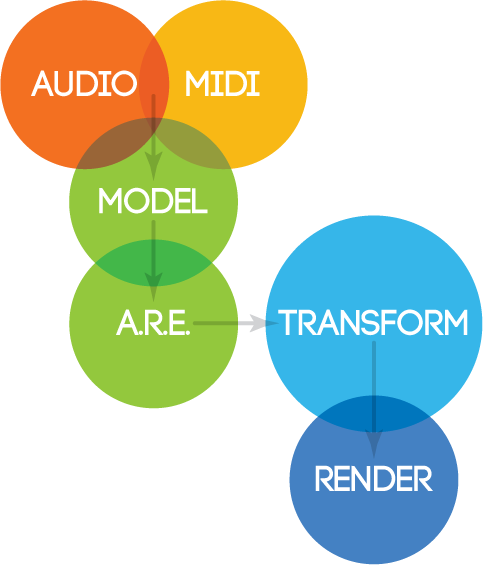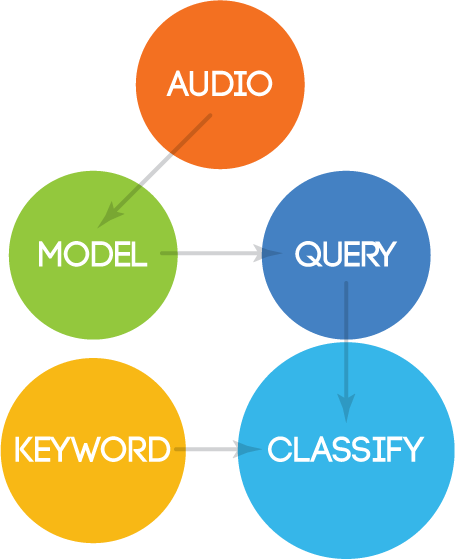Isomer is a suite of software tools that produce abstracted representations of the characteristic trends expressed in existing musical models. The system then uses these observed trends to create query and transformation algorithms, with the ultimate goal of generating of new/hybrid materials.
Isomer’s ten software modules are separated into two categories: representation and processing. Summary descriptions of each module are presented below.
Model Representation
Model Processing
This modular architecture makes Isomer ideal for a wide range of applications. Modules can be connected in myriad ways to create a wide range of workflows options.
Model-Based Music Generation

Trained Description Tagging


Leave a Reply